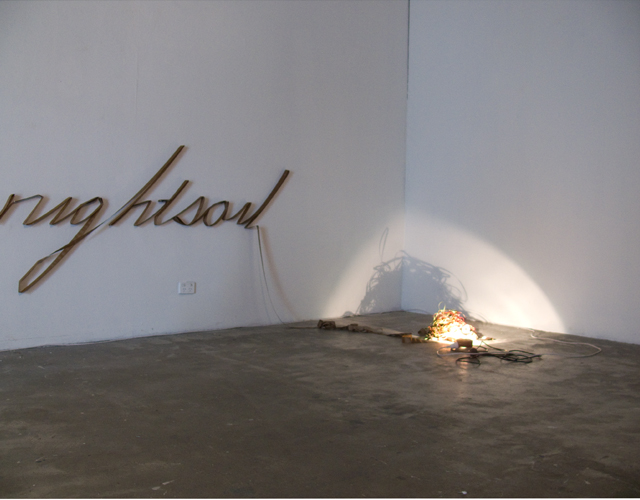Thursday, December 22, 2011
Thursday, December 8, 2011
Tuesday, November 29, 2011
Family Portaits
I have been scanning lots of old family photos and slides lately. Some of them I have never seen before.
It's a strange process, discovering and rediscovering captured moments.
In the earliest photos the subjects are so aware of the presence of the camera, presumably amateur photography is still a relatively alien technology. The earliest photos are incredibly staged and posed and you get the feeling that their breath is held for the camera, however these are the most historically significant as they are documents of survival. And despite their posturing the images betray truths about their subjects and environs. The negative spaces.
Some of them show my mum as a baby in Germany, the name of the town scribbled on the back (approx 1946). In others she is walking down a dirt path between two rows of staked vegetables, she has a crown of leaves on her head and a small wicker basket in one hand. She looks like she is about five or six years old, and from this I deduce she must be in Israel. Then a handful from Paris. Then Australia, familiar imagery of St Kilda, photos of her family infront of their house. The suburbs look like they are radiating heat, even through black and white.
The photos I like the best are from the 60's. The family had finally settled in East St Kilda, Melbourne.
There are slides of family portraits infront of large spiky palms.
It's a strange process, discovering and rediscovering captured moments.
In the earliest photos the subjects are so aware of the presence of the camera, presumably amateur photography is still a relatively alien technology. The earliest photos are incredibly staged and posed and you get the feeling that their breath is held for the camera, however these are the most historically significant as they are documents of survival. And despite their posturing the images betray truths about their subjects and environs. The negative spaces.
Some of them show my mum as a baby in Germany, the name of the town scribbled on the back (approx 1946). In others she is walking down a dirt path between two rows of staked vegetables, she has a crown of leaves on her head and a small wicker basket in one hand. She looks like she is about five or six years old, and from this I deduce she must be in Israel. Then a handful from Paris. Then Australia, familiar imagery of St Kilda, photos of her family infront of their house. The suburbs look like they are radiating heat, even through black and white.
The photos I like the best are from the 60's. The family had finally settled in East St Kilda, Melbourne.
There are slides of family portraits infront of large spiky palms.
 |
| The Royal Botanic Gardens, Melbourne |
Friday, September 30, 2011
Thursday, September 29, 2011
Nightsoil, in progress, August 2010
This project commenced with research on the origin of St Kilda's bluestone lanes. The laneways have always fascinated me because they are an inbetween space; they run between roads and buildings, between dwellings, and consequently they hide many shady dealings. They are architectural but not monumental and they run like arteries, conducting and segmenting the landscape and its occupants.
Research took me to the Victorian era, the building of St Kilda and the concerns of starting a settlement. This research highlighted a terrible issue with sanitary conditions. And it was this issue that eventually led to the construction of the bluestone paved lanes, allowing access to the nightman and his nightcart.
He would travel these lanes and collect the nightsoil from the earthclosets that backed each property. The nightsoil was then taken to the cesspit and disposed of.
I became fascinated with these suggestive and ornamental words used in the Victorian era to describe the abject and spaces of abjection.
Subscribe to:
Comments (Atom)























